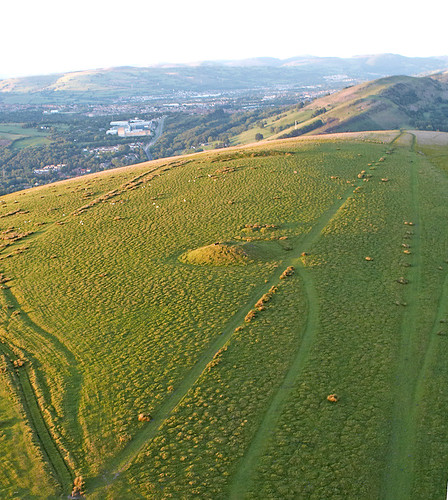Boyoma Falls, formerly known as Stanley Falls, consists of seven cataracts, each no more than 15' high, extending over more than 100 km (60 miles) along a curve of theLualaba River between the river port towns of Ubundu and Kisangani/Boyoma in theOrientale region of the Democratic Republic of the Congo.
The flow of many waterfalls varies according to the season, and some have been reduced by building dams to harness their power for hydroelectric plants. The flow of the Boyoma waterfall is equivalent to 17 million litres a second-enough to fill more than 140,000 baths per second ,or enough for every person on Earth to have two baths a day!

The flow of many waterfalls varies according to the season, and some have been reduced by building dams to harness their power for hydroelectric plants. The flow of the Boyoma waterfall is equivalent to 17 million litres a second-enough to fill more than 140,000 baths per second ,or enough for every person on Earth to have two baths a day!
At the bottom of the rapids, the Lualaba becomes the Congo River. The seven cataracts have a total drop of 61 meters (200 feet). The two major cataracts are the first below Ubundu, forming a narrow and crooked stream that is hardly accessible, and the last that can easily be seen and also be visited from Kisangani.
A 1000mm portage railway bypasses the series of rapids, connecting Kisangani and Ubundu.






